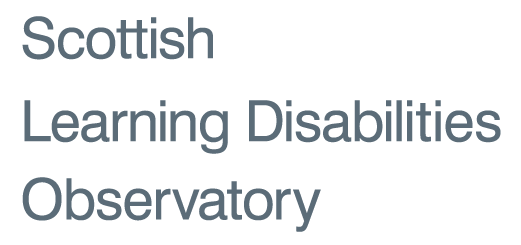98.6% (n=5,160) children and 84.6% (n=17,856) adults with learning disabilities live in private households
Married, civil partnership or cohabiting couples without children were classified as living in a family without children.
Married, civil partnership or cohabiting couples with children were classified as living in a family with children, including step families.
Families with one parent only were classified as single parent families.
People living alone or with people other than family members were classified as not living in a family.
